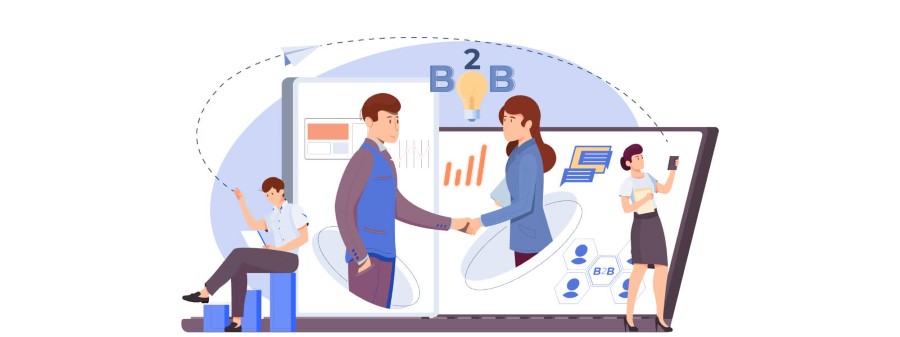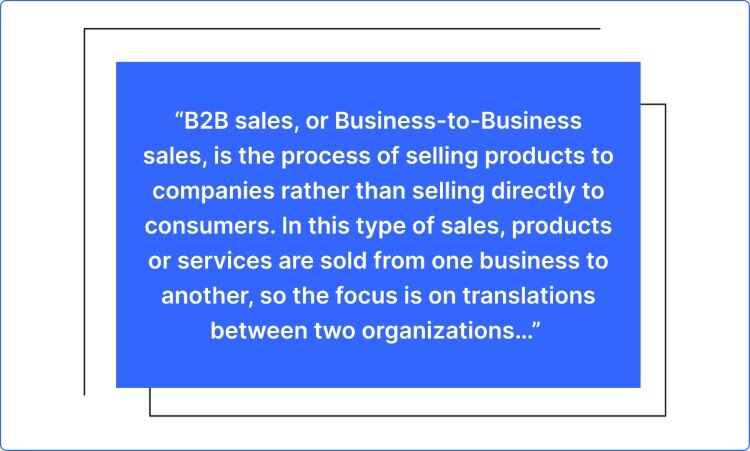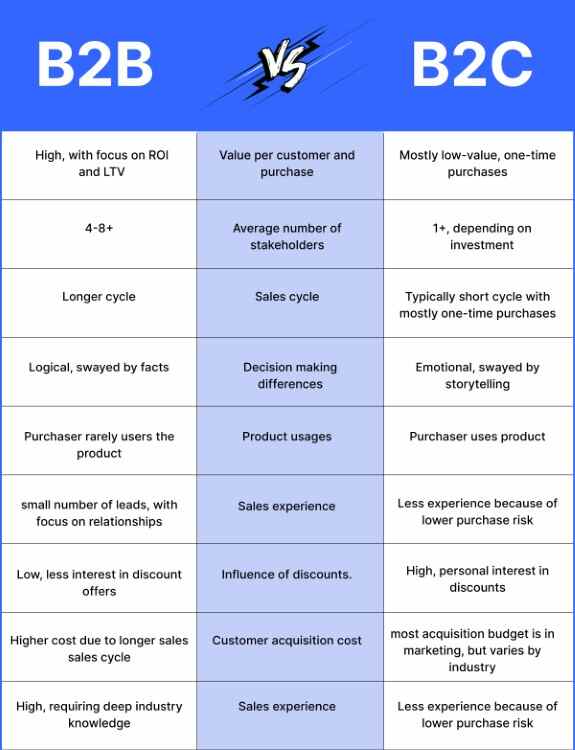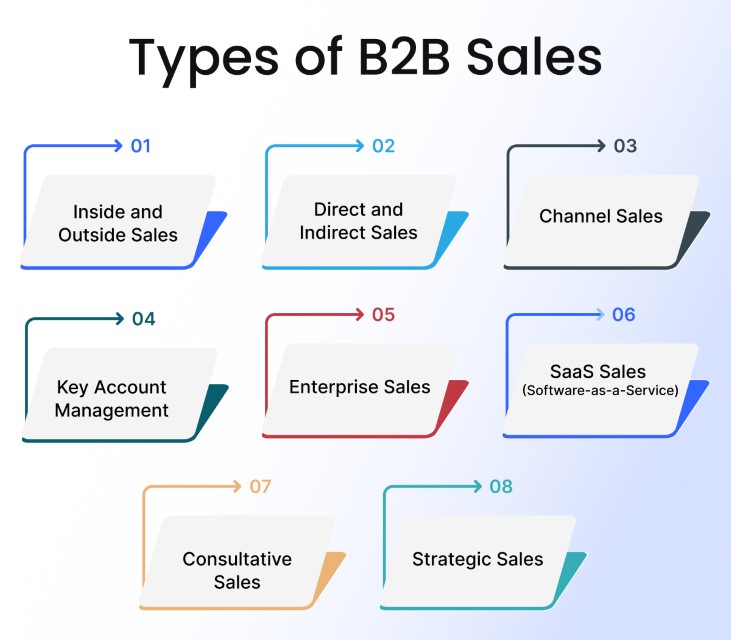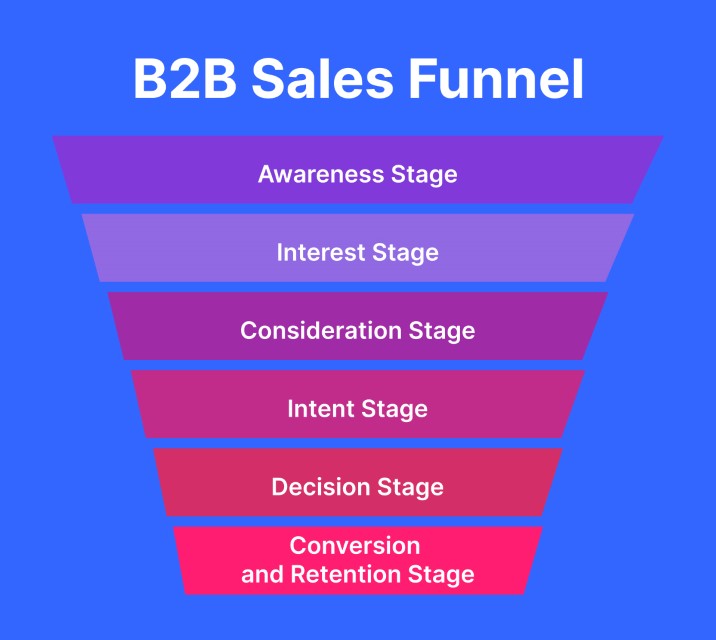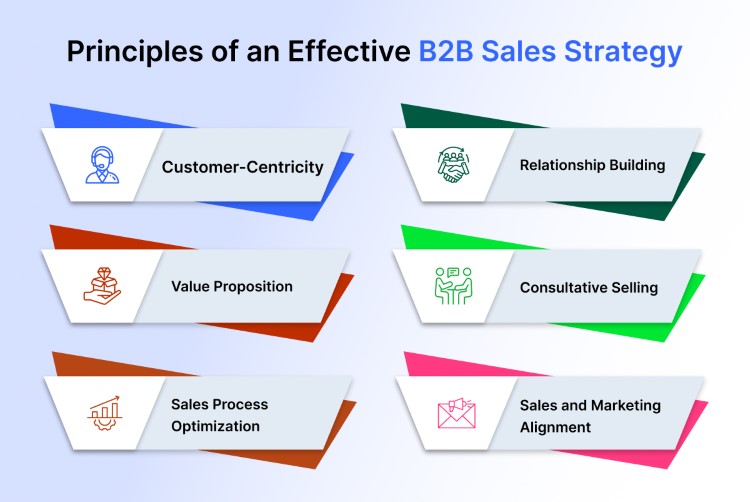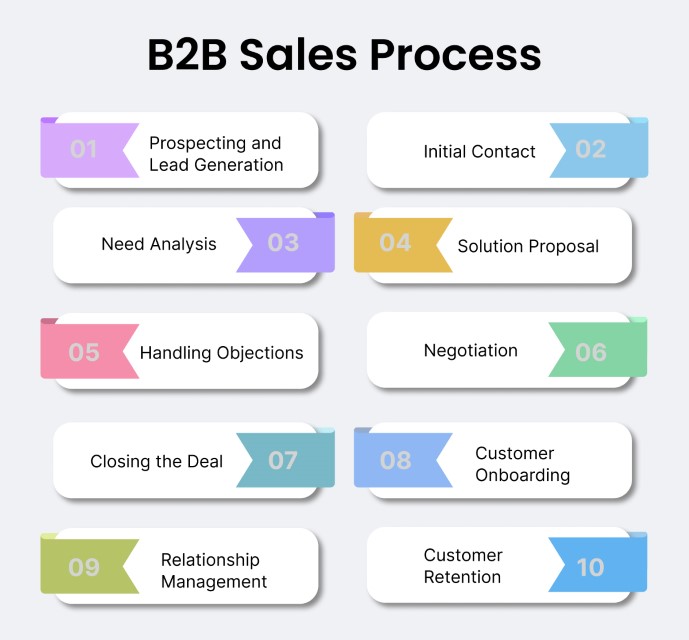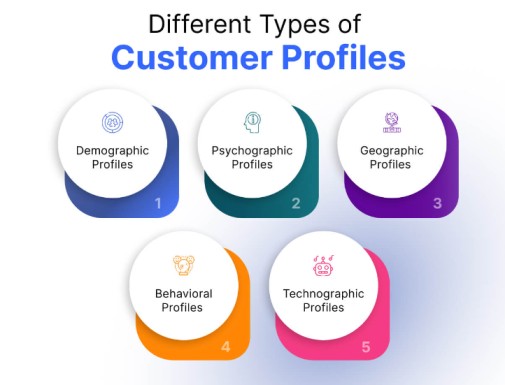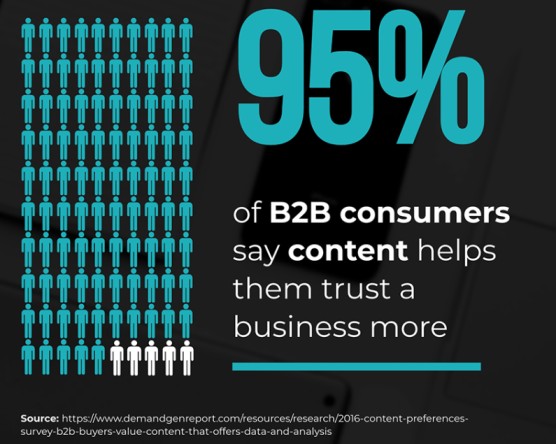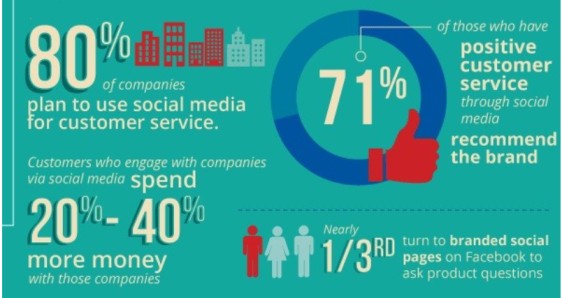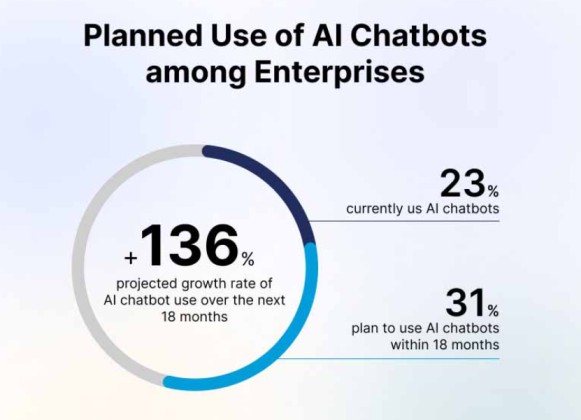Let’s admit that – selling is never easy, and selling to B2B customers is even more challenging!
What makes B2B selling challenging is the typically longer and more complex sales cycle. Plus, the decision-making involves multiple stakeholders, and approvals need the involvement of various levels within the organization.
Additionally, B2B buyers are quite evolved and informed as 94% of them conduct online research before making a purchase decision. So, if salespeople are not knowledgeable, they won’t be able to influence the buyer’s decision.
On top of that, the B2B landscape is highly competitive with several enterprises vying for the same chunk of the pie. The key to excelling is thus building long-term relationships and providing excellent customer service.
However, despite numerous obvious challenges, B2B selling can be incredibly rewarding if a business stays updated with the latest trends and understands the market dynamics completely.
In this blog, we will explore B2B selling in detail, know about the strategies, and processes, and understand the tips to boost business-to-business sales leads.
But first, let’s start with understanding what B2B selling is…
What is B2B Sales?
B2B sales, or Business-to-Business sales, is the process of selling products to companies rather than selling directly to consumers. In this type of sales, products or services are sold from one business to another, so the focus is on transactions between two organizations.
In B2B sales, businesses or institutions are the customers who purchase products or services to either support their own operations or to resell to end consumers. This kind of sale can involve a variety of items, including raw materials, software solutions, office equipment, and more.
Compared to the B2B sales process, it’s often more complex, involves longer sales cycles, and requires a deeper understanding of the customer’s needs. More importantly, the key focus in B2B sales is to build long-term relationships with customers and offer personalized solutions.
How is B2B Sales Different from B2C Sales?
Target customers are the major difference between business-to-business (B2B) and business-to-consumer (B2C) sales. While B2B companies cater to the general public, B2B firms have to sell to other businesses. There are some more differences between them, including –
- Sales Volume – B2C sales have a smaller transaction value but witness a higher number of transactions. On the other hand, B2B sales involve higher transaction values and sales volume but have lower overall transactions.
- Market size – B2C companies have a huge target market with millions of consumers to cater while B2B firms have a comparatively smaller market size with just a few hundred customers to cater to.
- Sales Process – Selling to businesses involves a long lead nurturing and buyers often take a long time before making a purchase decision whereas B2C customers mostly buy on the spot. In addition, B2B sales often involve multiple decision-makers while only one individual takes buying decisions in B2C sales.
- Customer service – B2B companies often put a high value on customer experience and customer satisfaction whereas selling to individual consumers sees a lower focus on customer service.
- Purchase-decision factors – While B2C consumers are most driven by emotional factors and personal preferences, B2B buyers are more methodical and they make purchasing decisions after considering factors such as ROI and long-term value.
- Standardization and Customization – Selling to individual customers involves standardized products or services to a larger consumer base while B2B sales involves customized products or services.
Types of B2B sales
B2B sales are more complex and involve more players than business-to-consumer sales. They tend to follow a long-term approach and can be of different types, including –
- Inside and Outside Sales – Inside sales involve sales reps who do not meet clients in person and rely on virtual communication to conduct the sales process. On the other hand, outside sales or field sales require reps to meet clients in person.
- Direct and Indirect Sales – Direct sales involve direct communication and relationship between the buying and selling company. On the contrary, indirect sales involve selling through third-party channels or intermediaries.
- Channel Sales – In this type of B2B sales, the focus is on collaborating with channel partners and building and managing partnerships with different sales channels.
- Key Account Management – This type of sales involves dedicated sales efforts towards strategic customers with a focus on offering tailored solutions.
- Enterprise Sales – Selling products to large organizations is known as enterprise sales and it involves longer sales cycles and multiple stakeholders.
- SaaS Sales (Software-as-a-Service) – It involves selling cloud-based solutions on a subscription basis to make the sales more scalable and more effective compared to the traditional way of selling software.
- Consultative Sales – In this form of sales, trusted advisors understand the client’s specific needs and consult and offer personalized solutions.
- Strategic Sales – Sales reps work closely with clients to understand their strategic goals and then provide solutions to support and meet those objectives.
What is B2B Sales Funnel and What are its Stages?
A B2B sales funnel or pipeline refers to the series of stages that customers go through to complete a sales cycle. It works as a structured process that outlines all the stages of customers, from being aware to completing the purchase. Using the sales funnel, B2B businesses can streamline their sales process and optimize the customer journey.
The typical stages in a B2B sales funnel are as follows –
- Awareness Stage – This stage sits at the top of the funnel and involves buyers who are aware of their problems and also aware of your products and service. All the buyers in this stage work like prospects.
- Interest Stage – When buyers from the “awareness” stage show interest in solving their problem, they move into the next stage of the B2B sales funnel, i.e. “Interest Stage”. In this stage, buyers will find your products and services as solutions to their problems or need.
- Consideration Stage – By the time leads reach this stage, they already consider evaluating your offers as a possible solution to their problem. Since the buyers in this stage will do comparison and evaluation and seek detailed information, your business should present them with case studies and product demos, or engage with them through personalized communication.
- Intent – The leads that reach this stage will show strong signs of purchase intent. There are high chances they might ask for a quote, may discuss pricing, or seek more clarity on terms and conditions.
- Decision – When leads reach this stage, you know they are very close to making a purchase decision. Your sales team should focus on providing further reasons and showing values that can further convince buyers to choose you over competitors.
- Conversion and Retention – This stage sees your leads making the final purchase. So, your focus should now move to building strong relationships and offering excellent customer service.
Core Principles of an Effective B2B Sales Strategy
A B2B sales strategy is often built on the foundation of core principles that work as a solid framework to guide sales teams in acquiring and retaining customers. When these principles are incorporated into a sales strategy, a business can achieve desired sales outcomes and sustainable business growth.
Here are the six core principles or fundamentals of B2B sales strategy –
- Customer-Centricity – Focus on understanding the needs, pain points, and challenges of the customers is one of the core fundamentals of B2B sales strategy. A business should strive to tailor its sales approach to address those needs and offer solutions that add value to the clients.
- Relationship Building – Forging strong, long-term relationships with your customers is a vital aspect of the B2B sales strategy. It results in customer loyalty and also increases the chances of repeat business and referrals.
- Value Proposition – Solving your customer’s problems and adding value to them is the foundation of an effective strategy for business-to-business sales. The goal is to clearly articulate your value proposition and showcase the unique benefits your offers provide to clients.
- Consultative Selling – B2B sales are best driven with a consultative approach where sellers act as trusted advisors for their customers. The key is to understand the business deeply and then offer customized solutions to fit well with the needs of the business.
- Sales Process Optimization – Leveraging data and analytics is a vital aspect of making informed B2B sales decisions. It will also prove helpful in identifying opportunities and optimizing the sales process.
- Sales and Marketing Alignment – Collaboration between your marketing and sales team is essential for generating quality leads and supporting the leads process effectively.
B2B Sales Process – What Does it Look Like and How Does it Work?
The B2B sales process involves all the steps and activities that a business takes to identify, engage, and convert potential customers. The focus is to understand the customer needs, provide value at each stage, and build relationships. While the exact sales process may vary from industry to industry, the purpose will always be the same everywhere – convert leads into customers.
A typical B2B sales process is made up of 10 steps or stages, including –
- Prospecting and Lead Generation – In the first stage, sales reps will identify potential customers who need the product or service. They can use both online and offline channels to find prospects.
- Initial Contact – Once the sales team identifies potential leads, the next step is to make the first contact and introduce the company and its offers. Some of the means that can be used for contact may include a cold call, email, or message over social channels.
- Need Analysis – After establishing the initial contact, salespeople need to engage with the prospects to understand their needs and pain points. The key is to ask questions and listen actively to know the challenges and goals of the prospect.
- Solution Proposal – All the information collected during the need analysis stage can be used to present a personalized solution that best fits the prospect’s needs. Sales teams can give a product demo, offer case studies, or present other materials that show the offers are the right match to the needs.
- Handling Objections – Chances are very high that the prospect may raise some concerns during the solution proposal stage. So, a good sales team should be ready to handle and address all those concerns and take steps to remove any doubts regarding the product or service.
- Negotiation – If the prospect’s objections and concerns are alleviated, they might show intent to move forward and do the negotiation. This is the stage when discussions over terms and pricing happen. The key for the sales team is to strike the right balance and reach a mutually beneficial agreement with the prospect.
- Closing the Deal – Now the prospect is ready to become a customer and a sales team needs to get the necessary approvals and complete the paperwork to make the entire process smooth.
- Customer Onboarding – The deal is done now, so the onboarding process starts. The new customer should have a hassle-free transition and a positive experience through the implementation and setup of the product or service.
- Relationship Management – The sales team needs to stay available for the customer and look to maintain a strong relationship even after the onboarding. The focus should be on addressing issues, offering assistance, and exploring up-sell opportunities and cross-sell.
- Customer Retention – Customer retention steps are key in B2B sales as satisfied customers stay loyal, become brand advocates, and refer the products and services to new clients.
Tips to Generate B2B Sales Leads For Your Business
The B2B landscape is quite competitive and generating quality leads is among the biggest challenges faced by the marketing and sales team. Getting leads is not easy and in fact, 68% of companies struggle at it. But yes, marketers and sales reps can still get quality leads if they are ready to research the market and leverage the tools.
Here are key tips to generate quality B2B sales leads –
1. Define Your Ideal Customer Profile (ICP)
It’s a crucial step in B2B lead generation with a focus on understanding your target audience at a deep level. You also need to create a detailed profile of your ideal customer so that your efforts fetch the best results.
To define your ideal customer profile, you need to do the following –
- Conduct thorough market research to understand the industry of your potential lead, and also identify trends and challenges, and opportunities in the industry.
- Analyze who your competitors are targeting and what strategies they are using.
- Segment your customer base based on key attributes such as industry, location, purchasing behavior, and market size as it will give a better idea of the target audience’s preferences.
- Create buyer personas for each group segmented to get an ideal buyer persona and then move on to identifying their pain points, needs, and challenges.
- Develop a clear value proposition that highlights how your offers could solve your target audience’s problems.
- Do a competitive analysis and emphasize differentiating your business by offering something unique and valuable to your target audience.
2. Leverage Content Marketing
Content marketing is a powerful strategy to attract and engage potential B2B leads. It helps your business create and distribute valuable and relevant content that addresses the pain points and removes the doubts of your target audience. With informative, educational, and entertaining content on a regular basis, you can engage and nurture leads and guide them through the sales funnel. This is how content marketing boosts the chances of conversion.
With content marketing, make sure you –
- Develop a robust content creation and distribution strategy and ensure your content is shared across platforms and channels.
- Produce various types of content, including ebooks, videos, blog posts, case studies, webinars, and more.
- Choose the content format that matches the complexity of the information you want to share and that fits well into your target audience’s preferences.
- Focus on creating relevant, high-quality, and helpful content that adds value and addresses specific pain points.
- Get your content optimized for search engines so that its visibility is higher in organic search results.
- Track and analyze the performance of your content marketing efforts on a regular basis to understand the details of which content type works best.
3. Utilize Social Media
Social media is a key component of a successful B2B lead generation strategy. These platforms offer great opportunities to engage and content with potential leads. This can help a lot in building brand awareness and driving conversion. More so, 68% of marketers say social media marketing has helped them generate more leads. By utilizing social media, you can expand your reach and connect with potential leads. More so, social media outreach can also help you establish your brand as reputable and gain confidence in the industry.
When you plan to utilize social media for B2B sales leads, you need to make sure –
- Choose the right platform/s and identify the channel where your target audience is most active.
- Leverage LinkedIn as it’s considered the most important platform for business-to-business lead generation.
- Twitter, Facebook, and other channels can also be valuable based on your industry and specific needs.
- Share valuable content and focus on engaging with your audience by responding to their comments and answering questions.
- Take part in industry-specific discussions.
- Gather valuable insights with social listening and also monitor the preferred social channels for mentions of your brands.
- Regularly track the performance of your social media efforts.
4. Cold Calling
It’s true that sales have developed innovative digital ways of prospecting but cold calling still remains as effective as ever. It continues to be in trend as a lot of B2B buyers still prefer to be contacted by phone.
With cold calling, you need to keep in mind these key things –
- Make sure you’re well prepared for your cold call and have already researched your lead before dialing the number.
- It’s equally important to explore and find a more suitable way to take your services to the clients and present them in an effective way.
- Before making the call, sales reps should prepare a script and rehearse it for more effect.
- The timing should be right else you might risk irking, and even losing your potential leads.
- Avoid being too persistent as it never helps a cause with potential leads.
- Try to keep a friendly and formal tone.
- If possible, follow up the client with an email.
- Never forget to thank the client for their time, and gently ask for the next best time to take things further.
5. Use an AI Chatbot
AI chatbots have emerged as a powerful tool for B2B sales lead generation. They can help you engage potential clients, qualify leads and gather valuable information. In fact, chatbots help 55% of businesses generate quality leads. More so, you can continuously refine a chatbot’s conversational flow and features for effective lead generation. Bots are also excellent when it comes to providing personalized experiences to potential clients and streamlining your entire lead generation efforts.
Key things to do when using a chatbot for lead generation –
- Select the right chatbot platform and see if it supports integrations with your website, CRM, and other tools for lead management.
- Define the specific lead generation goals that you want the chatbot to achieve and then design a conversational flow to ensure natural conversion with clear options.
- Design the chatbot to capture lead information effectively and ensure that the bot is able to ask basic questions and then gradually take leads through specific qualifying questions.
- Prepare the bot to customize the response based on the user’s inputs as offering personalized experiences can enhance the user experience and boost the chances of lead generation.
- Add lead qualification questions within the bot design, implement key content materials into the bot responses, and also provide a human handover option for complex queries.
- Integrate the bot into your CRM and marketing tools as it will streamline lead management.
6. Host Webinars
Did you know that 73% of B2B marketers consider webinars as a highly effective tool for lead generation? You too can follow in their footstep because webinars are proven to be a great way to connect with the target audience, educate them to the target audience, and showcase your thought leadership position in the market. Hosting webinars will give you an opportunity to reach larger audiences, engage potential leads and show product demos.
Here are key strategies with webinars –
- Set the specific goals you want to achieve with the webinar and choose a relevant topic that aligns with the audience’s interests and pain points.
- Choose a reliable webinar platform that meets your goals and also gives the freedom on the number of attendees you expect.
- Plan your webinar content with a detailed outline and structure, and also create visuals to support the presentation.
- Promote the webinar by using your website, social media, and other channels to generate interest.
- Add interactive elements such as surveys, polls, and Q&A sessions to make the session more engaging for the audience.
- Make sure you provide takeaways such as ebooks, whitepapers, or any material that adds value to the attendees.
- Nurture the leads with follow-ups and measure the performance of your efforts.
Reach Your Business Customers and Boost B2B Sales with REVE Chat
Engaging with customers is key to converting them into leads. At REVE Chat, we understand the value of communication and that’s why our engagement and support tools prove beneficial when it comes to driving sales of any nature.
Your business can rely on our AI chatbots to automate tasks across sales, marketing, and support. By using a bot, you can offer quick and automated replies to customer queries and boost their experience with your brand.
Our video chat and co-browsing software are excellent tools for visual engagement. In addition, you can add our live chat software with the bot and provide hybrid support to your business customers.
Final Thoughts
The B2B landscape is competitive and a business needs to leverage the best of digital technologies to benefit from it.
We, at REVE Chat, provide some of the best engagement tools that a business can use and support its B2B sales and leads strategy.
So, you can sign up here and check how our tools can help your business in many ways.
